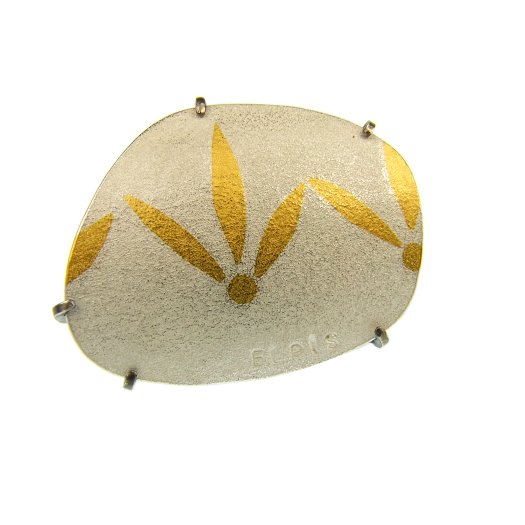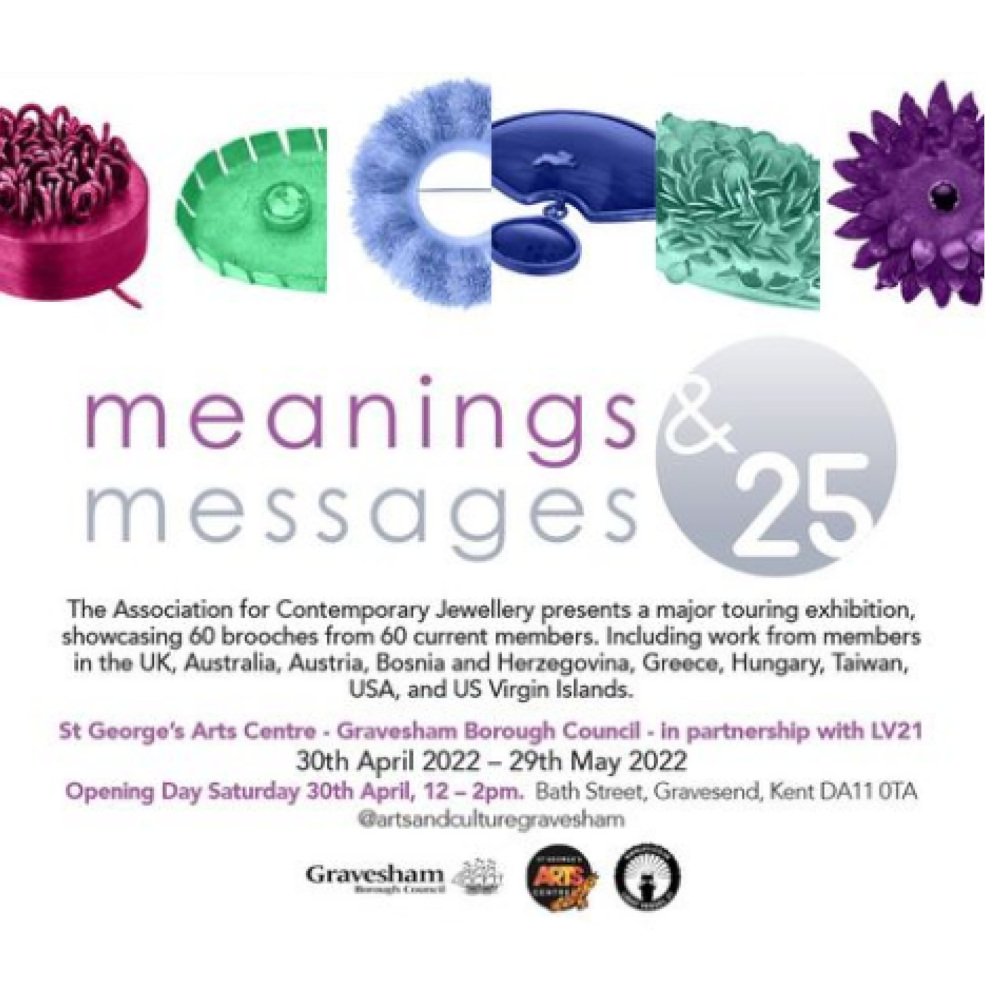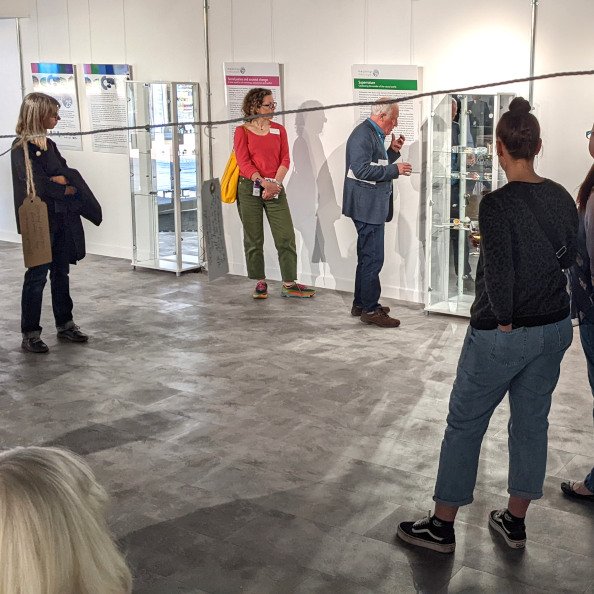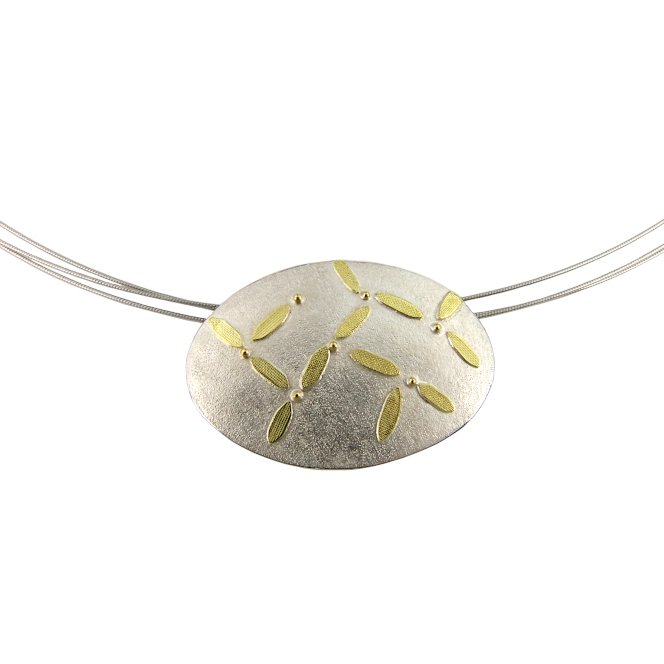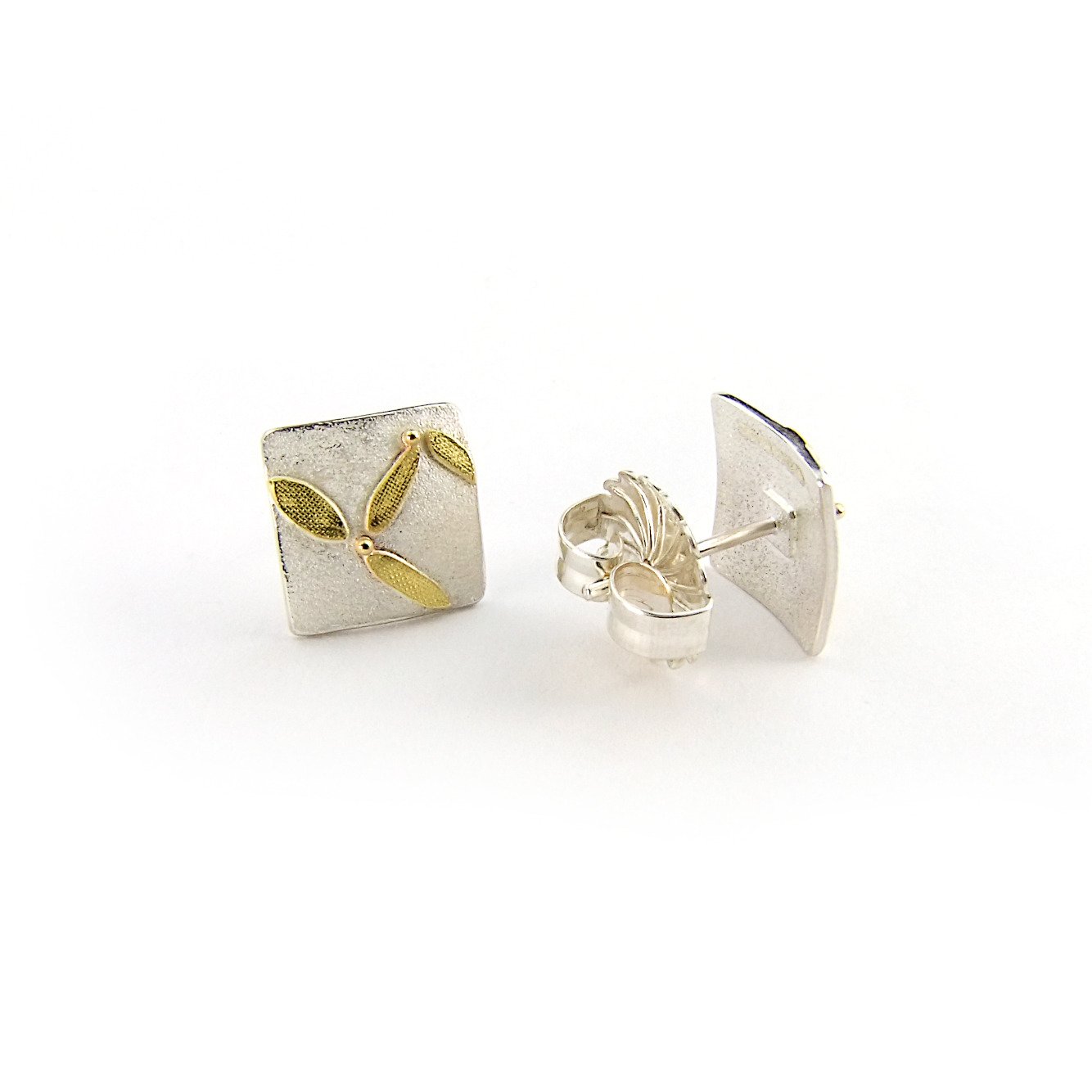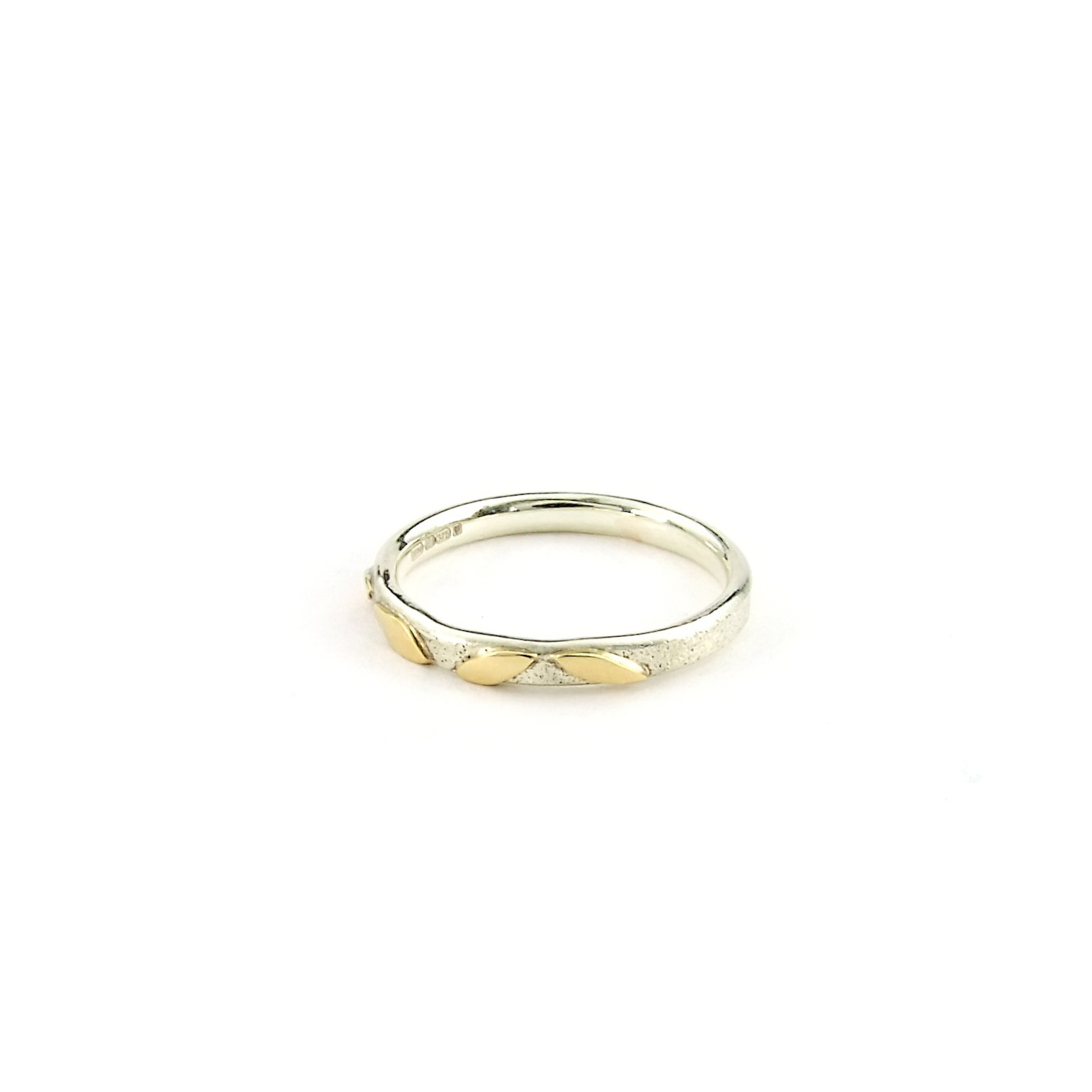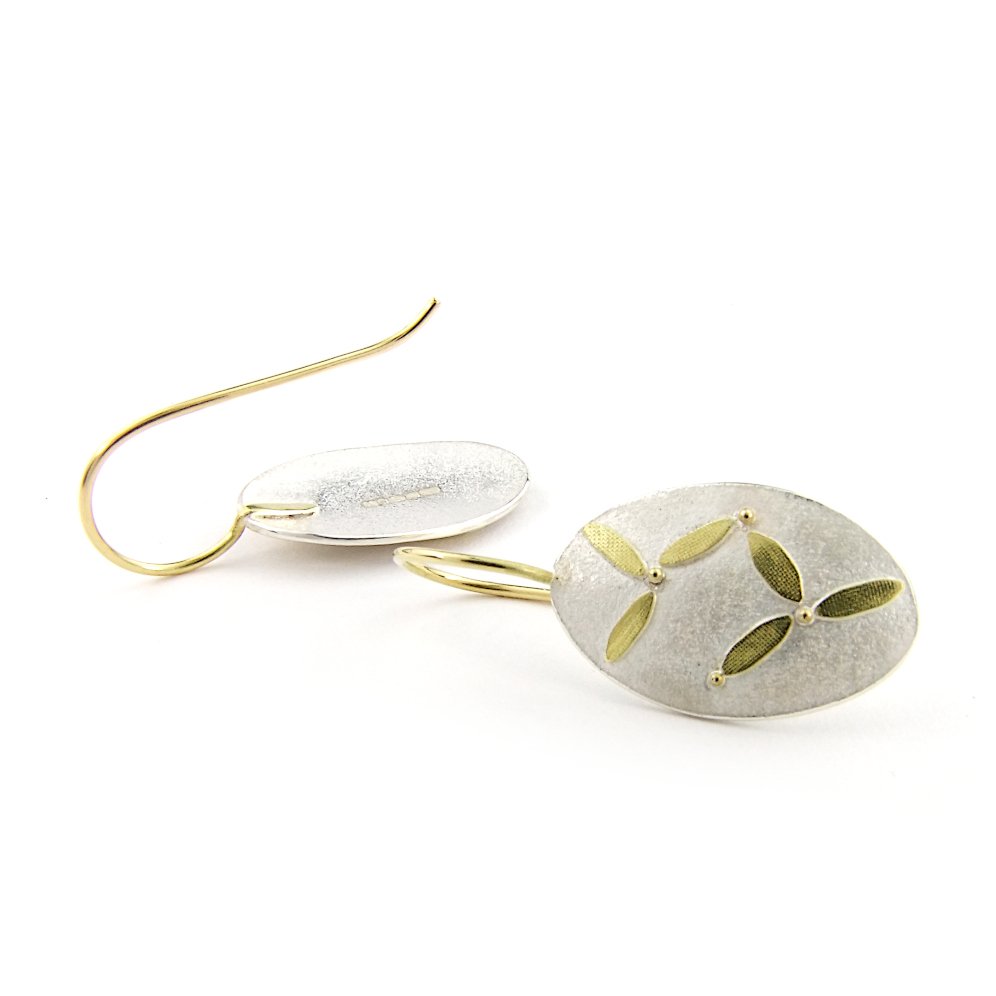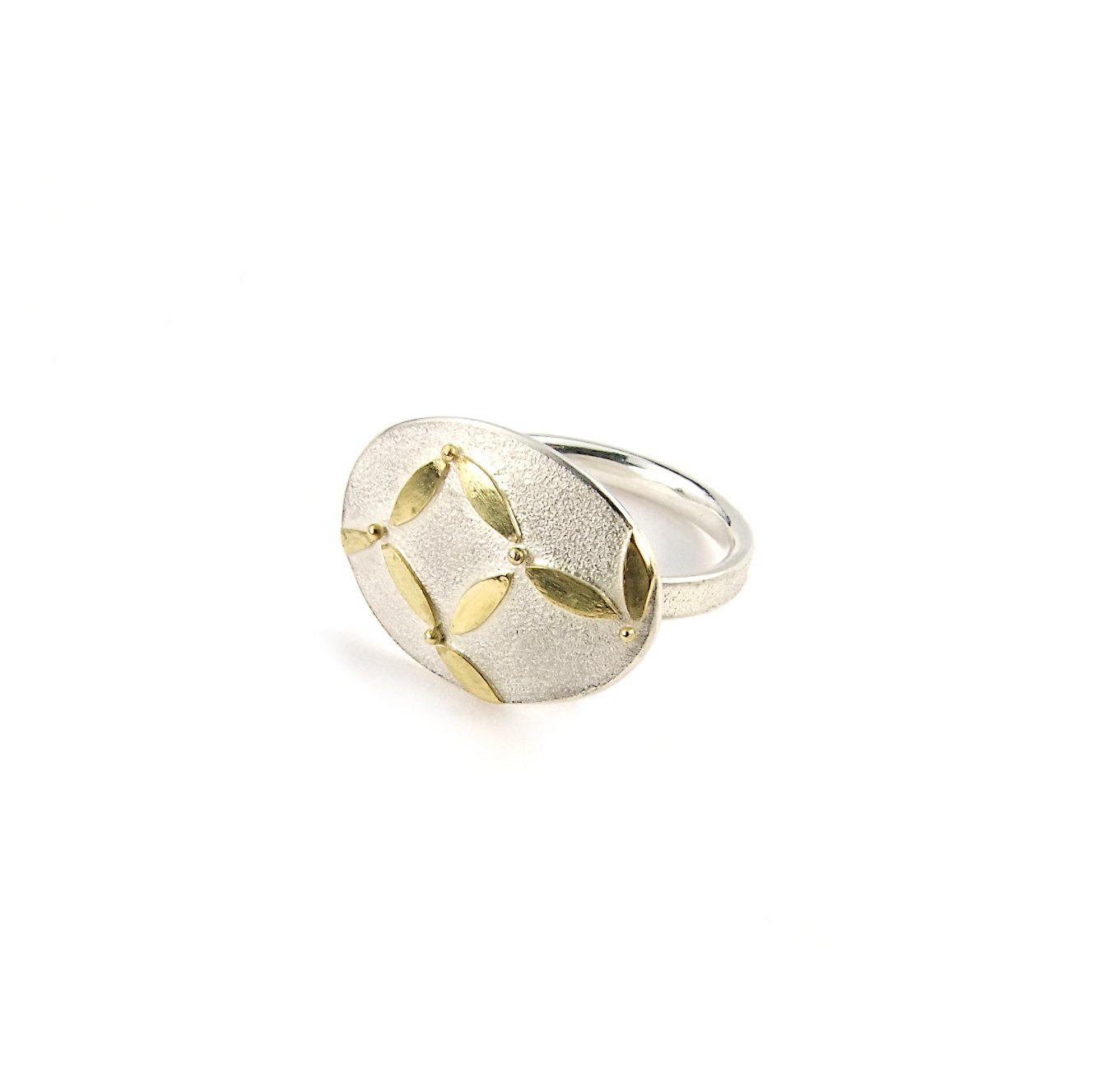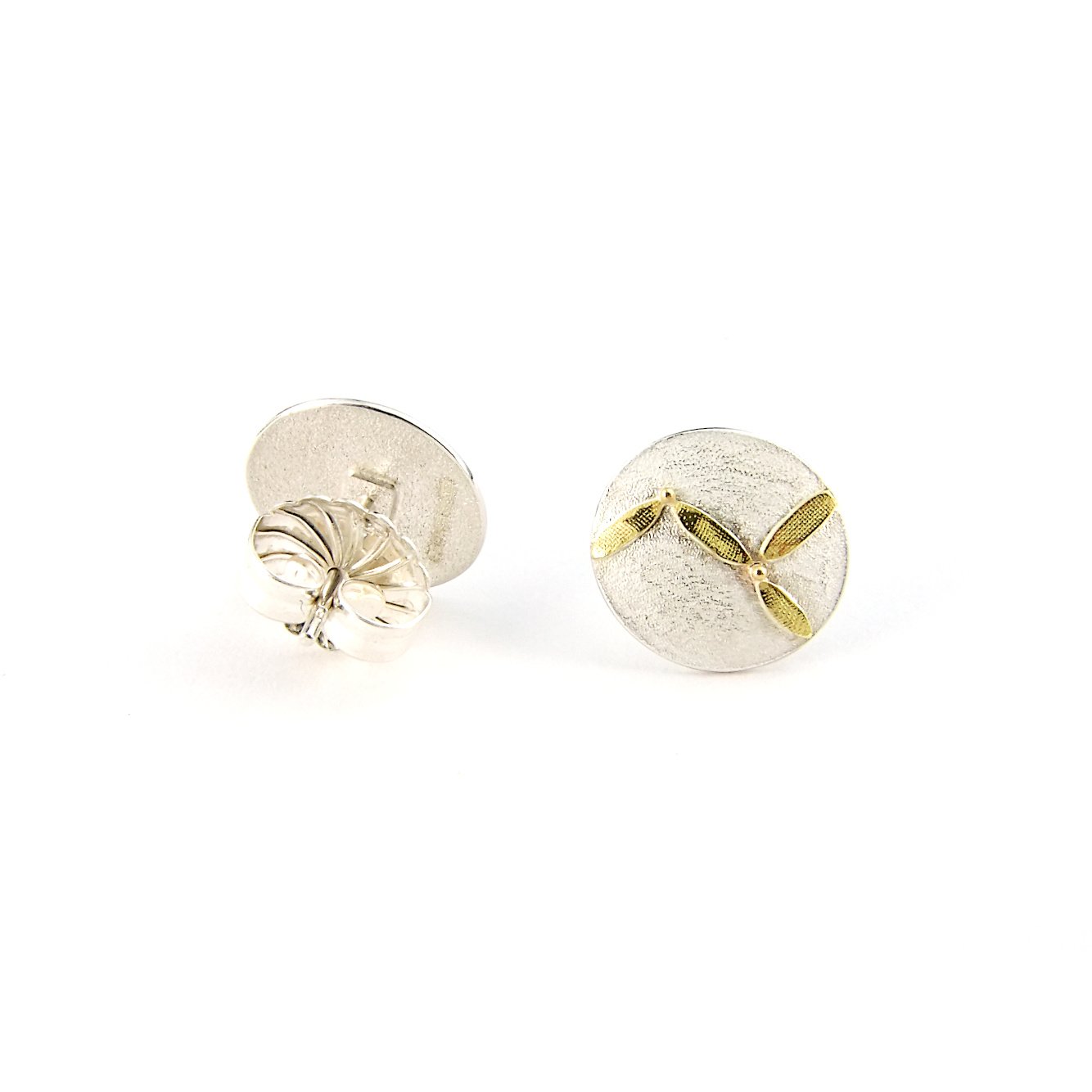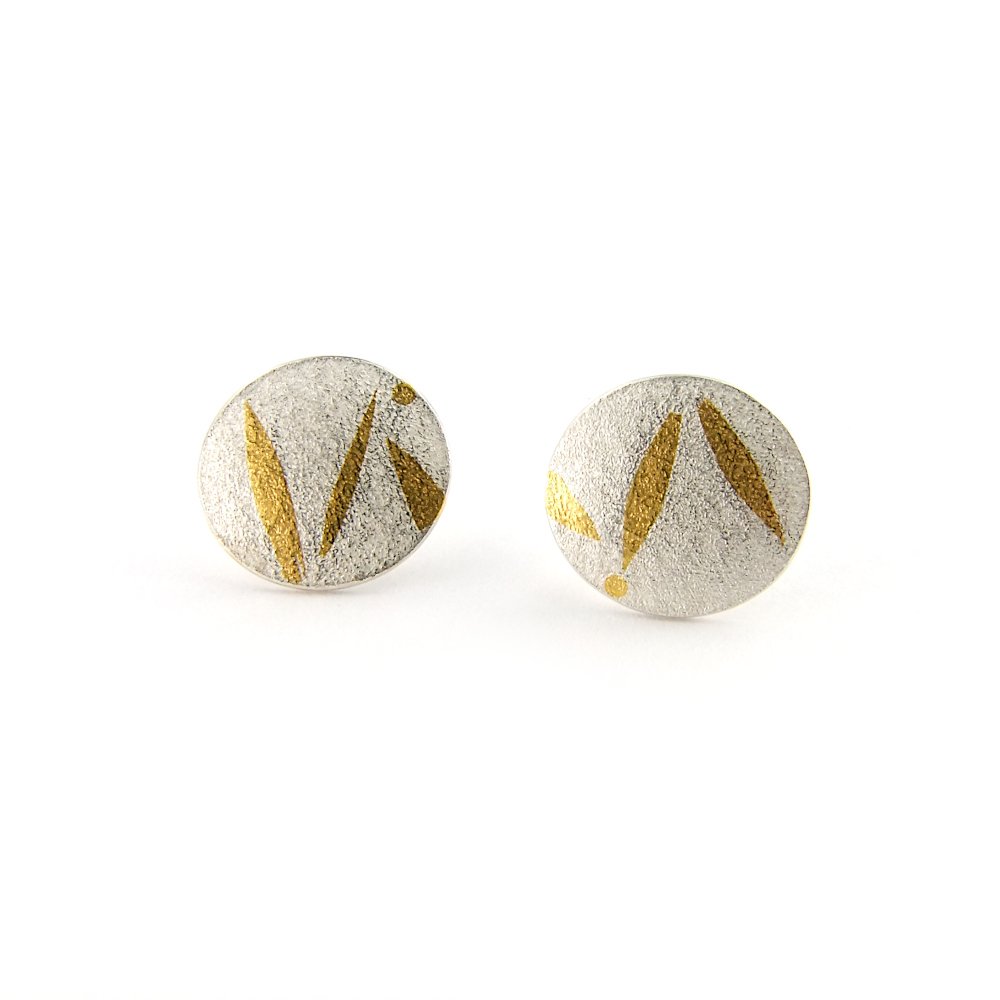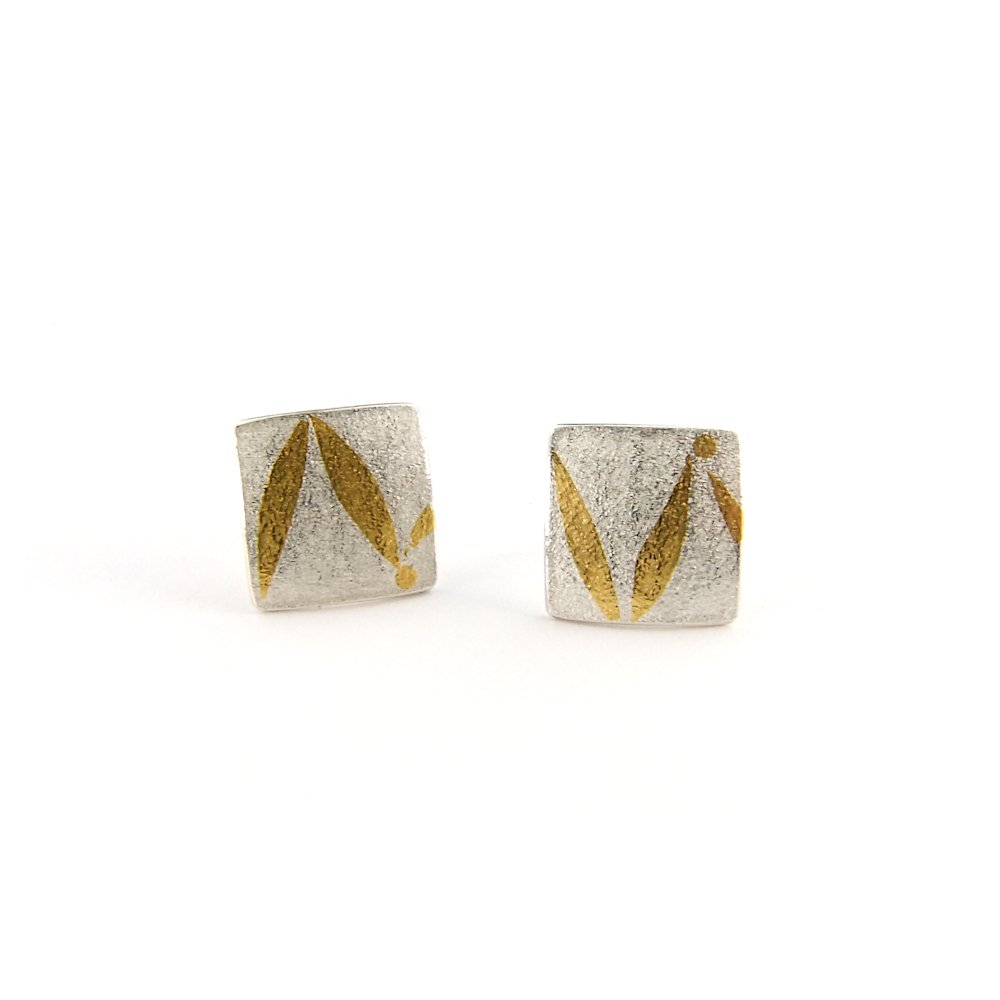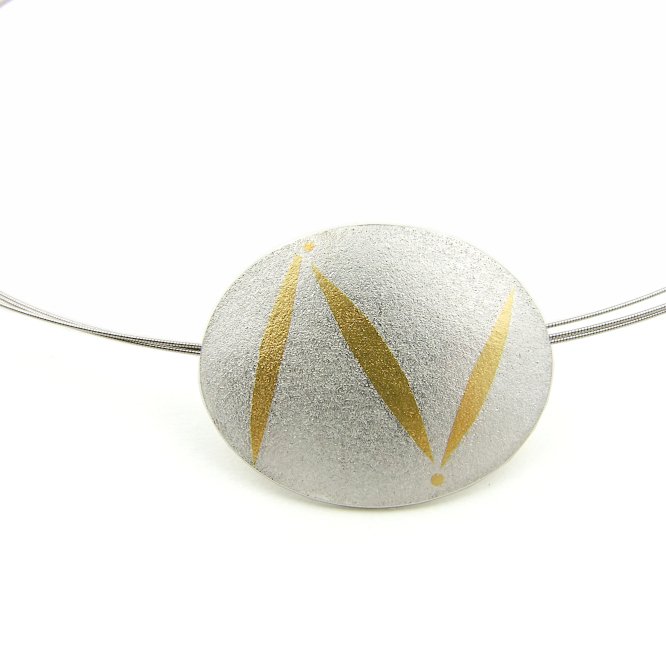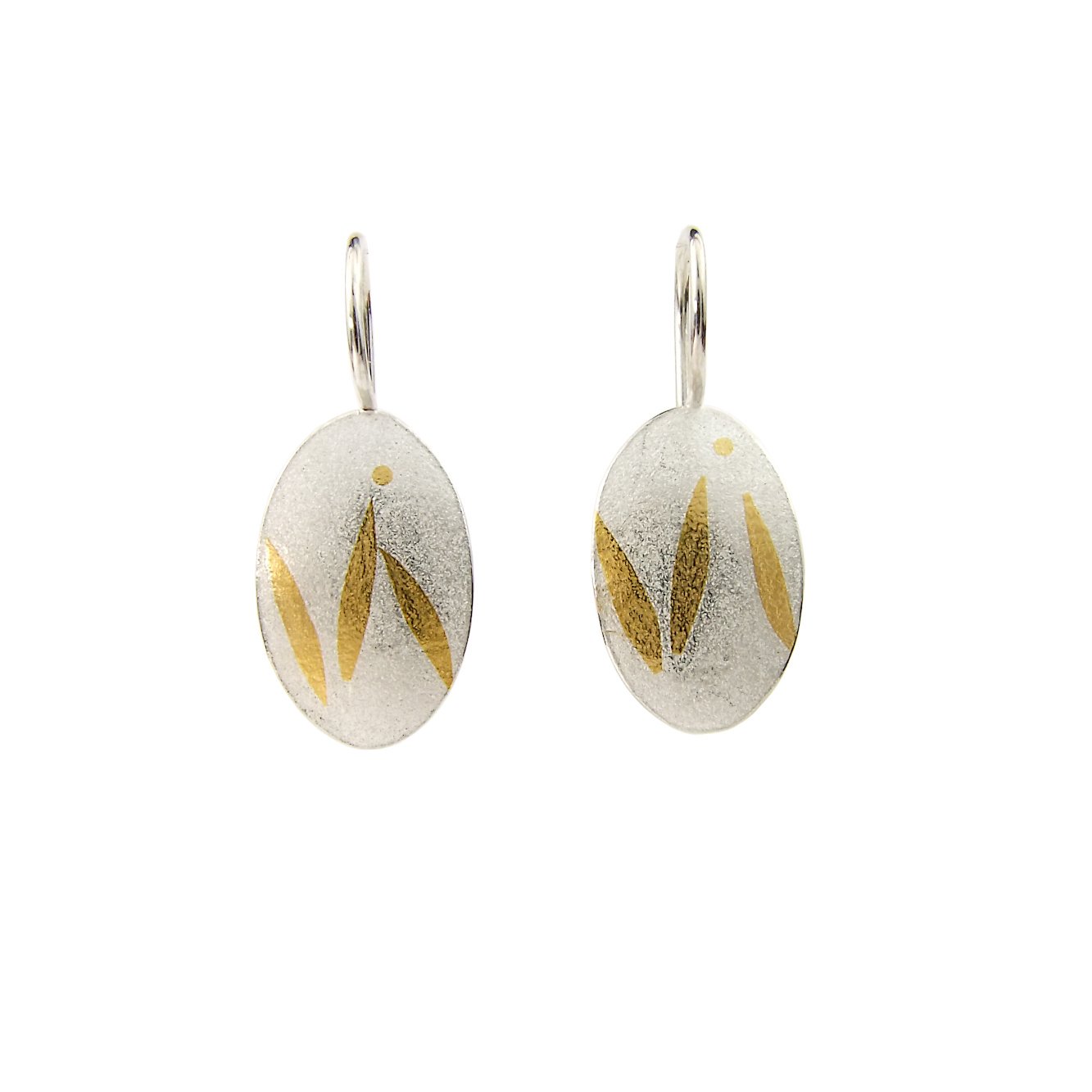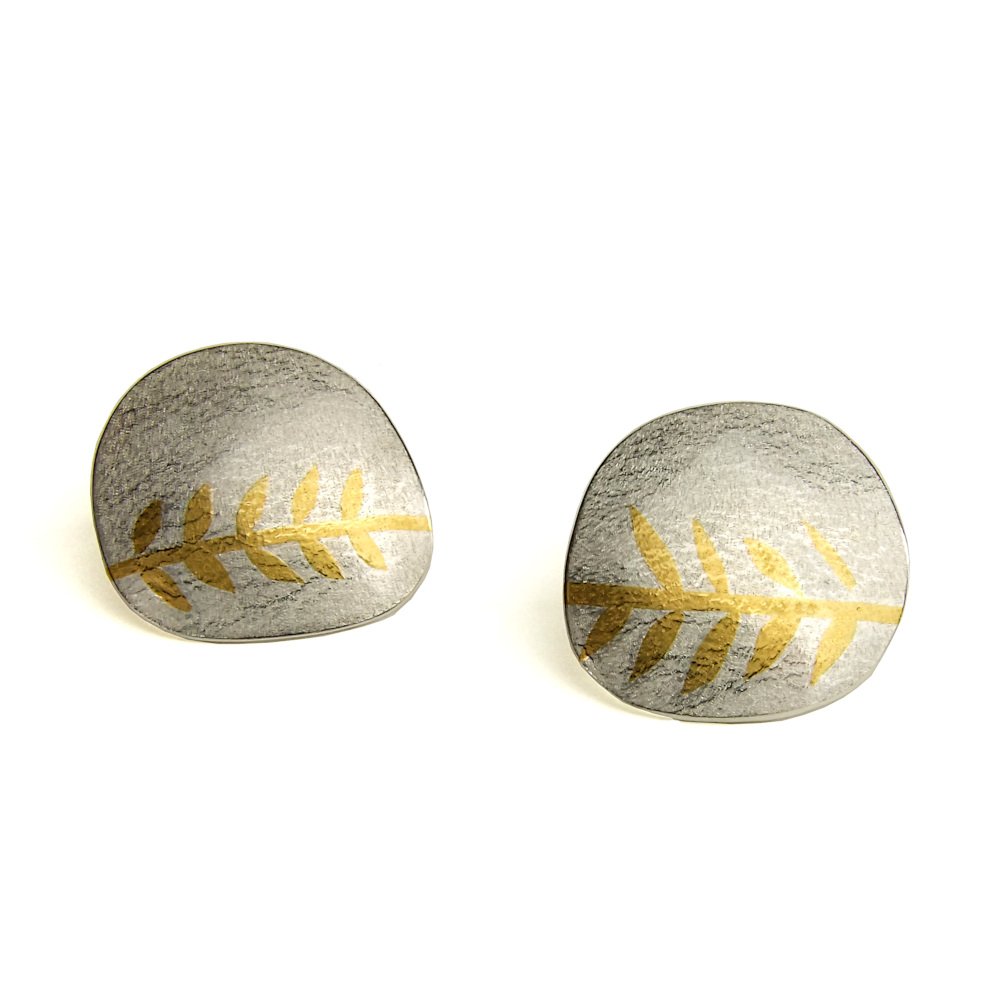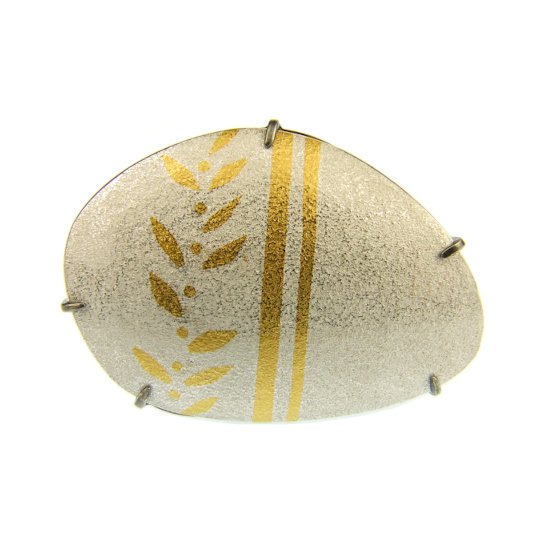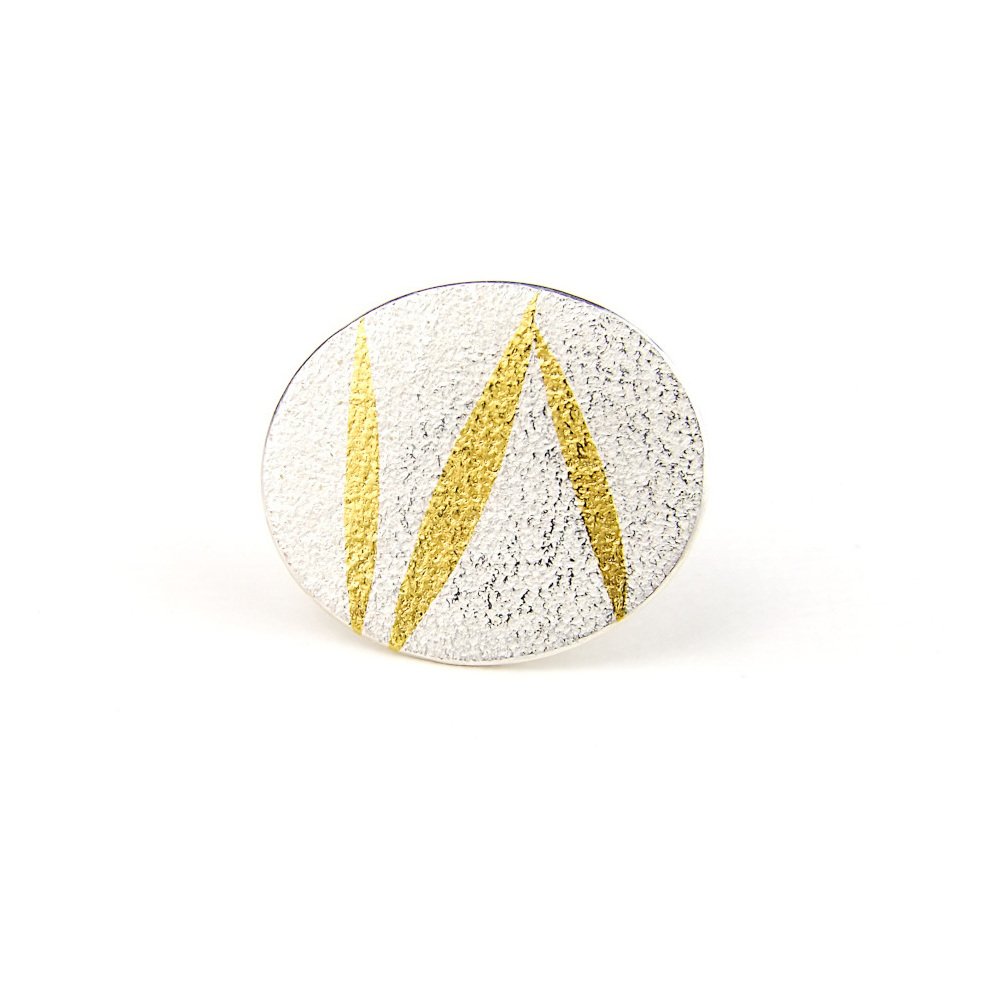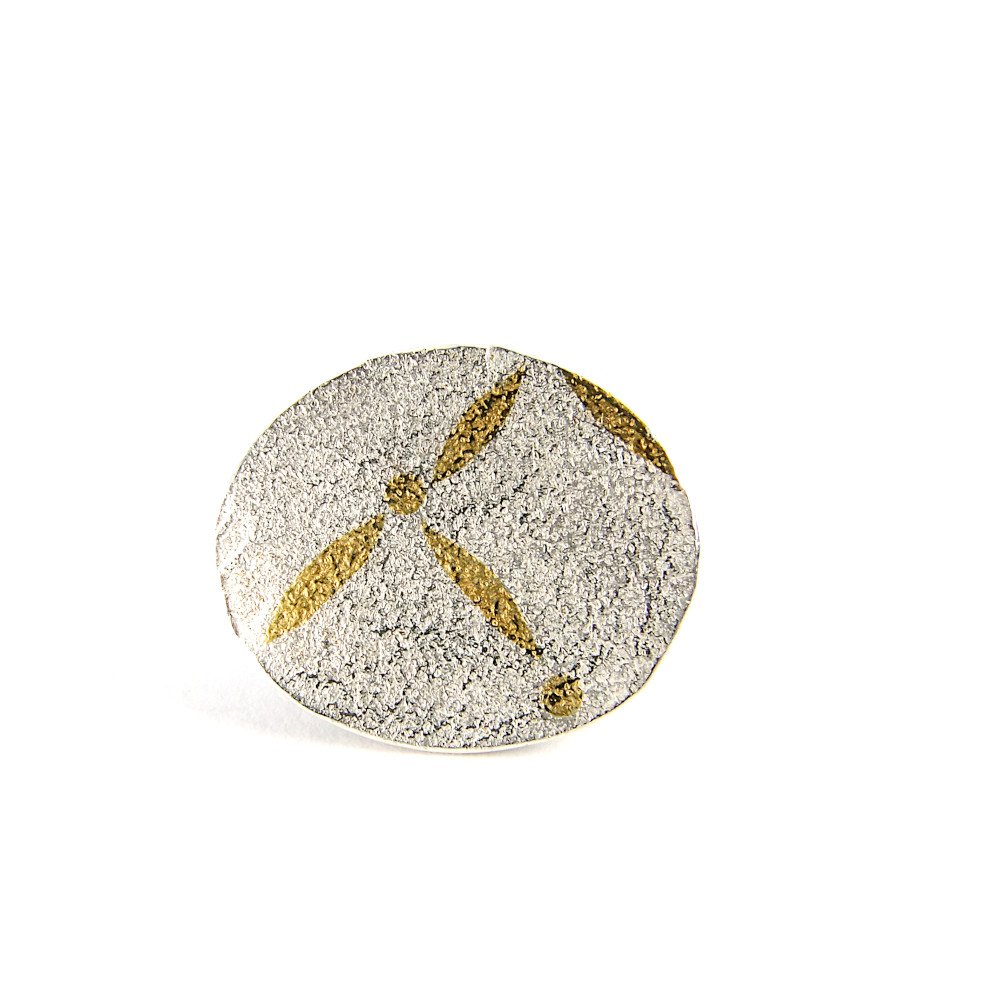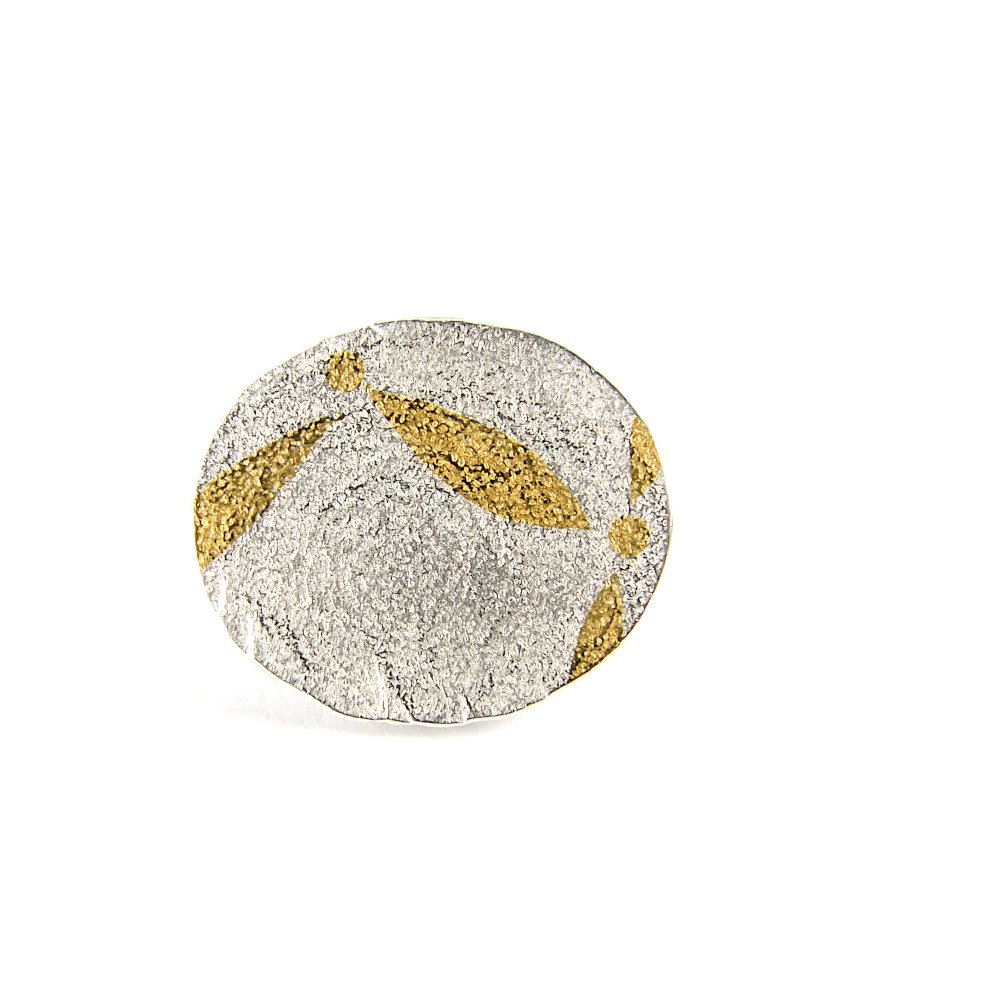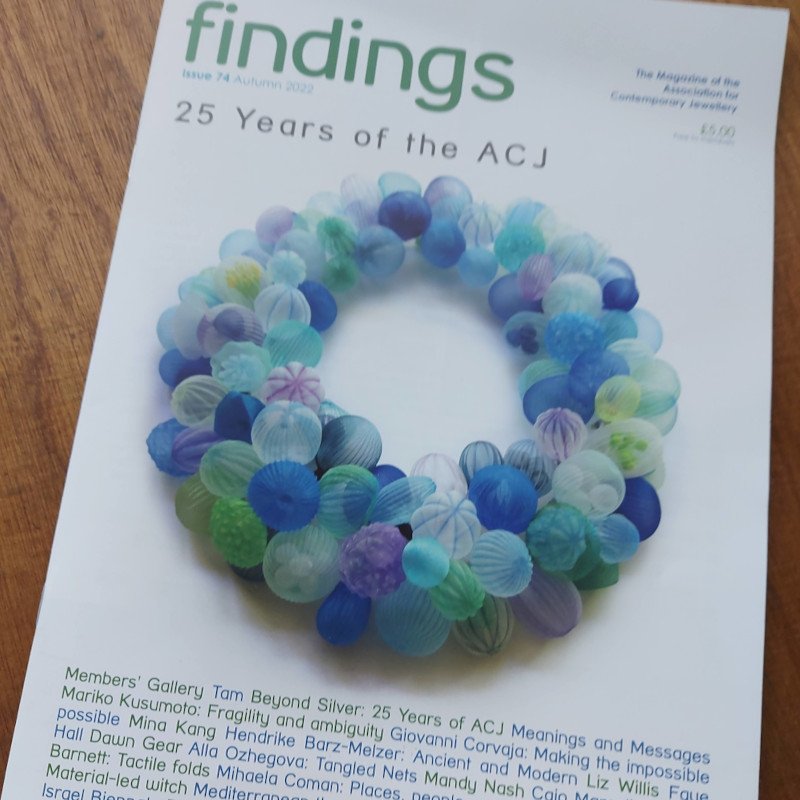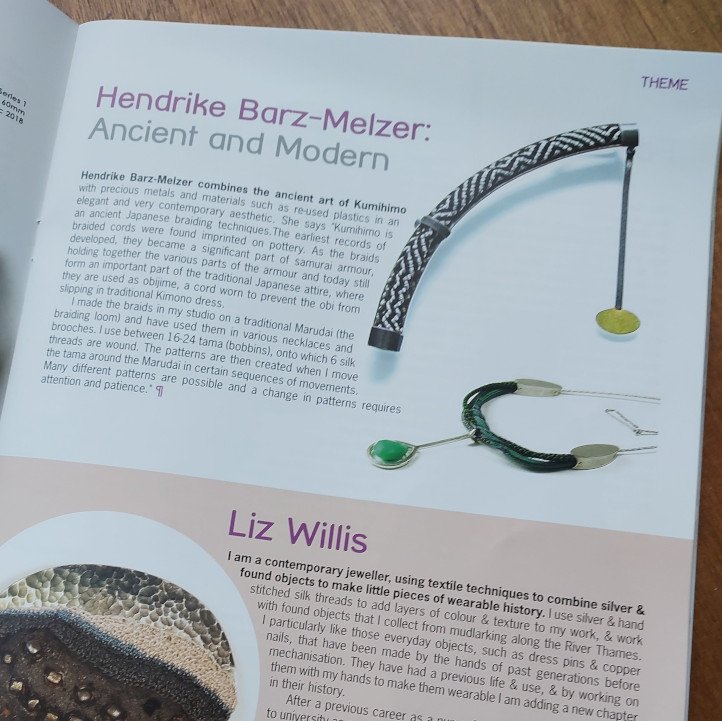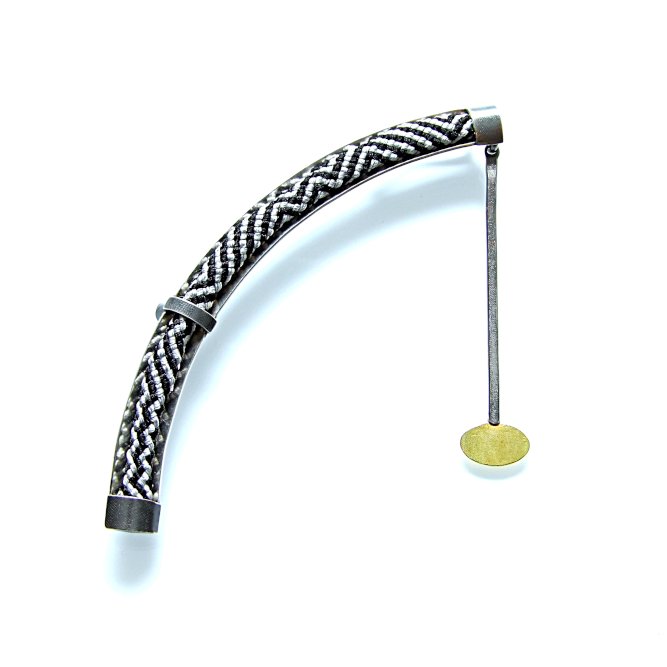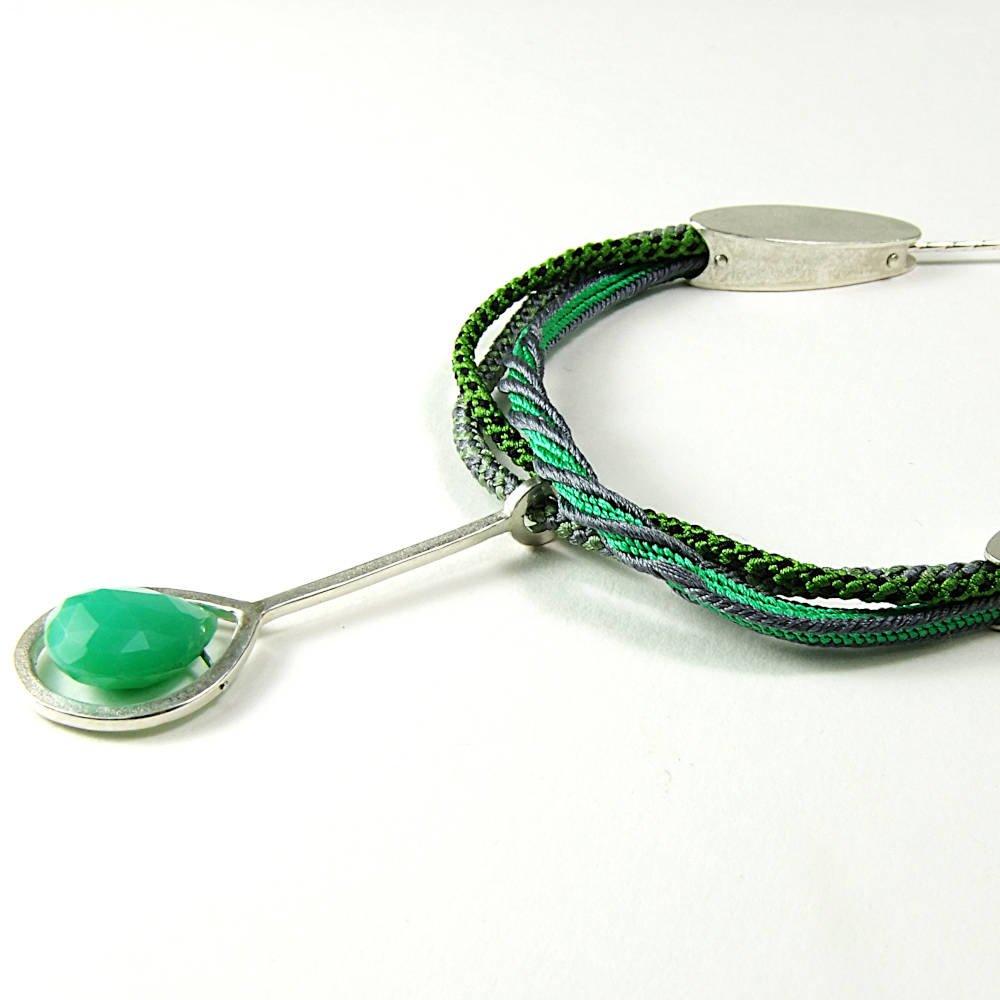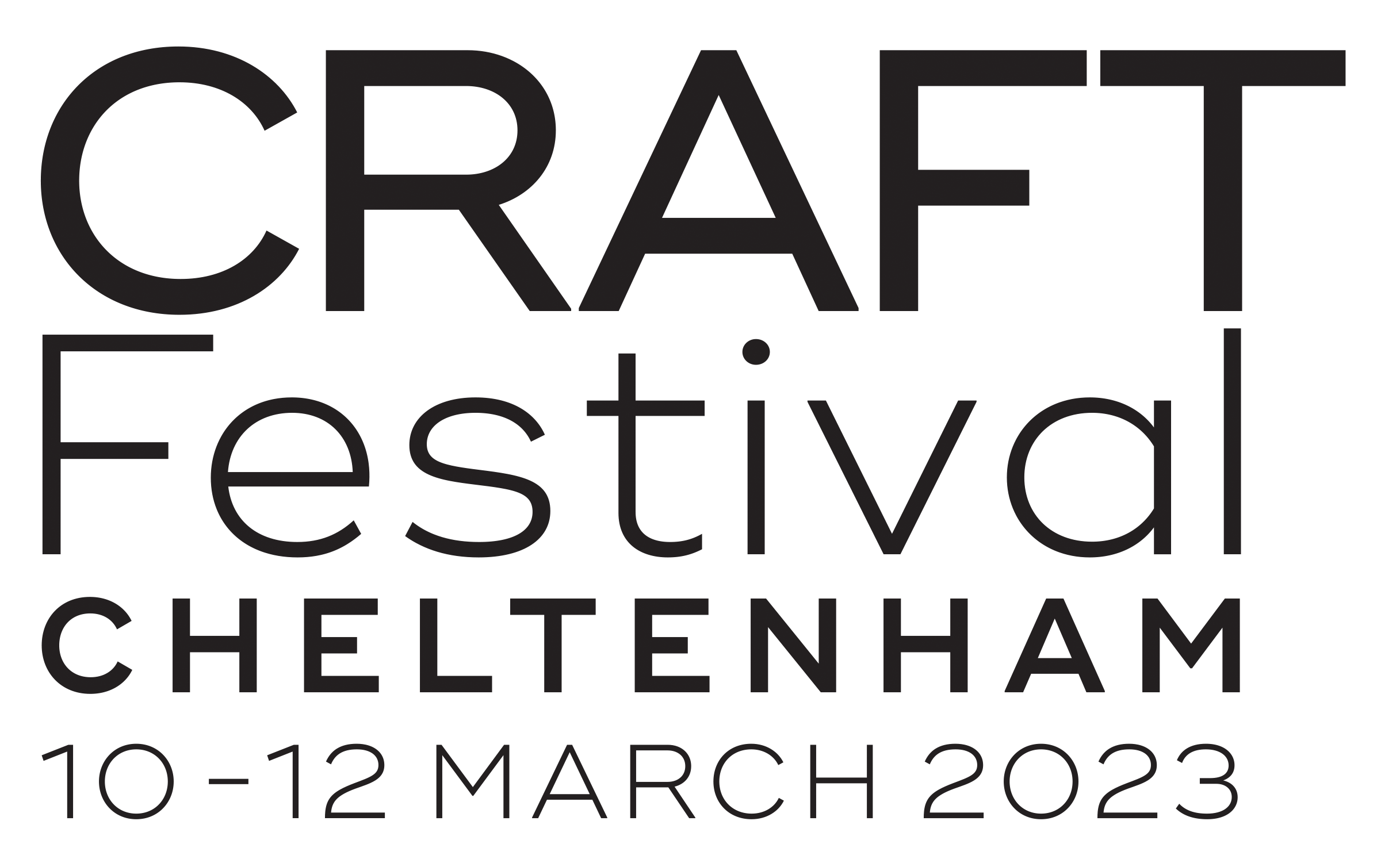Is PCC eco-friendly?
The Safety Data Sheet by Thermo Fisher Scientific, one of the companies selling this product, states that PCC does not pose any health or environmental hazards.
As the chalk is a very fine powder care should be taken not to inhale the dust, but as it is mixed with water this risk is somewhat reduced. Rubber gloves should be worn when using it as the powder is abrasive on the skin.
How is it used?
PCC is mixed with tap water to make a paste and is then rubbed over the tarnished surface with a soft cloth.
The substance will turn greyish and it should then be rinsed off with clean tap water. Afterwards the piece should be thoroughly dried.
Results:
I made a paste as described above and used it on some of the above-mentioned tarnished pieces on which the sodium bicarbonate/carbonate and aluminium solution did not fully remove the tarnish.
The calcium carbonate worked very well on all the test pieces. It removed the tarnish completely. The pieces became slightly shinier after the treatment but the surface felt whiter - in comparison to using a polishing cloth.
None of the methods used above were able to retain a previous matte surface finish on the piece.
I contacted the CCI to find out about any specific methods of removing tarnish from matte surfaces. They replied saying that they had no methods of removing tarnish and preserving the matte original surface finish of a piece.
Conclusion:
Removing tarnish from silver can be done in various ways. In terms of their environmental impact or hazardous nature, the most hazardous is the silver dip.
Using a polishing cloth, sodium bi/carbonate and calcium carbonate are low impact methods of removing tarnish, however they may differ in their effectiveness.
Lightly tarnished objects can be cleaned by using polishing cloths or the sodium bi/carbonate, aluminium foil method. For more stubborn tarnish precipitated chalk is a good way of removing tarnish.
I have not found a method of removing tarnish from matte surfaces whilst preserving the matte finish. The matte surface finish would have to be re-applied after tarnish removal. For the customer, those pieces of jewellery should best be given to a jeweller who can restore the previously matte surface finish.
I hope you have found these two blogs interesting. Do let me know if you have any comments.
[1] (Silver – Care and Tarnish Removal – Canadian Conservation Institute (CCI), Notes 9/7, (2019) https://www.canada.ca/en/conservation-institute/services/conservation-preservation-publications/canadian-conservation-institute-notes.html )
[2] As hard-boiled eggs contain and release hydrogen sulphide, they can be used to tarnish objects quickly. Though it is less predictable, it is an eco-friendly way to darken pieces of jewellery. All pieces developed a speckled brown hue which may have been due to the condensation of water inside the closed box.
[3] See footnote 1 above.
[4] Wikipedia: https://en.wikipedia.org/wiki/Chalk
[5] https://www.lime.org/lime-basics/uses-of-lime/other-uses-of-lime/precipitated-calcium-carbonate/





























